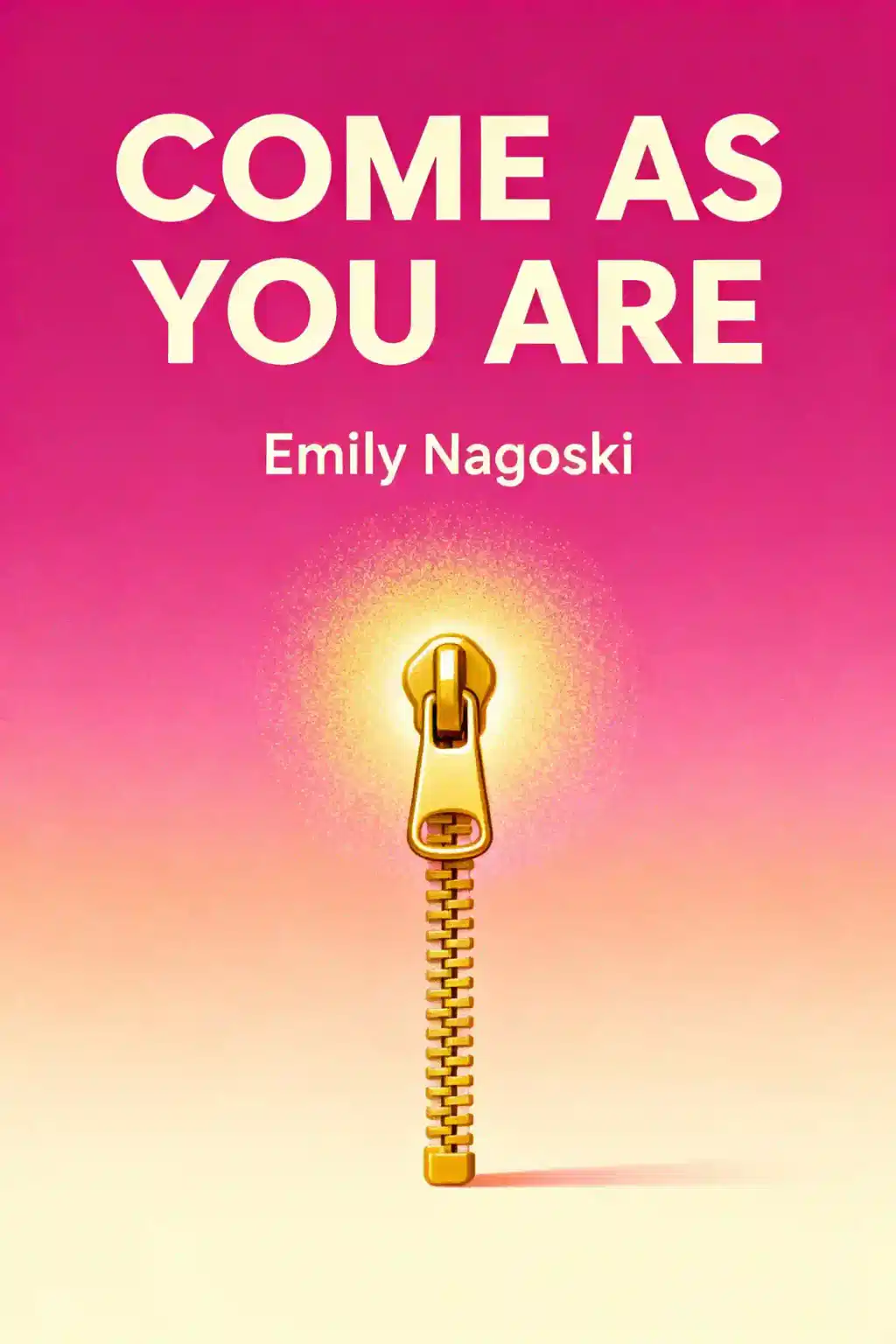What is
Come As You Are by Emily Nagoski about?
Come As You Are explores female sexuality through neuroscience and psychology, debunking myths about arousal, desire, and orgasm. Dr. Emily Nagoski introduces the Dual Control Model (accelerators and brakes) to explain sexual response and emphasizes how context, emotions, and culture shape intimacy. The book empowers readers to embrace their unique sexual “personality” and challenges outdated norms.
Who should read
Come As You Are?
This book is essential for women seeking to understand their sexuality, partners aiming to improve intimacy, and educators/therapists addressing sexual health. It’s also valuable for anyone navigating body image issues, stress-related sexual challenges, or cultural shame around desire.
Is
Come As You Are worth reading?
Yes—it’s a New York Times bestseller praised for blending rigorous science with compassionate storytelling. Awards include Goodreads’ Top 5 Science Books and Book Riot’s Best of 2015. Readers call it “transformative” for its sex-positive, inclusive approach.
What is the Dual Control Model in
Come As You Are?
The Dual Control Model frames sexual response as a balance between “accelerators” (stimuli that spark arousal) and “brakes” (inhibitors like stress or negative body image). Nagoski argues that individualized brake management—not just boosting accelerators—is key to fulfilling intimacy.
How does
Come As You Are explain arousal non-concordance?
Arousal non-concordance refers to the disconnect between physical arousal (e.g., lubrication) and mental arousal. Nagoski clarifies this is normal, citing studies showing only 10% of women’s physiological responses align with subjective desire—a critical insight for reducing performance anxiety.
What role does cultural context play in
Come As You Are?
Nagoski critiques society’s “sex-negative” messaging that pathologizes women’s desires. She explains how myths like “spontaneous desire = normal” harm self-perception and provides tools to reframe sexuality within personal values rather than external expectations.
How does
Come As You Are address stress and sexuality?
Stress acts as a primary “brake” by keeping the nervous system in fight-or-flight mode. The book offers evidence-based strategies to complete the “stress cycle” (e.g., physical activity, affection) before intimacy, enhancing emotional and sexual wellbeing.
What are the main criticisms of
Come As You Are?
Some readers find the scientific depth overwhelming, while others desire more LGBTQ+ inclusivity. A minority critique its heteronormative examples, though the 2023 revised edition expands gender-neutral language and updated research.
How does
Come As You Are redefine “normal” sexuality?
Nagoski asserts there’s no universal standard—variations in anatomy, desire timing (spontaneous vs. responsive), and arousal patterns are natural. The book includes self-assessment tools to help readers identify their unique “sexual fingerprint”.
What is the “Sexual Acceleration Equation” in
Come As You Are?
This framework states: Sensitivity to Stimuli + Context = Sexual Response. It emphasizes that context (emotional safety, environment, etc.) often outweighs biological factors in shaping desire—a paradigm shift from traditional “drive-based” models.
How does
Come As You Are differ from other sexuality books?
Unlike prescriptive guides, it focuses on self-acceptance over performance. Peer-reviewed studies underpin its insights, distinguishing it from anecdotal approaches. The 2023 update adds mindfulness techniques and nonbinary inclusivity.
Can
Come As You Are help improve relationships?
Yes—it provides communication tools to discuss brakes/accelerators with partners and reframe intimacy beyond orgasm-focused goals. Case studies show couples using its principles to resolve mismatched desire and deepen emotional connection.














